What is Li-ion battery? Why is it so popular?
- 05-01-2022 09:49:05
- 16
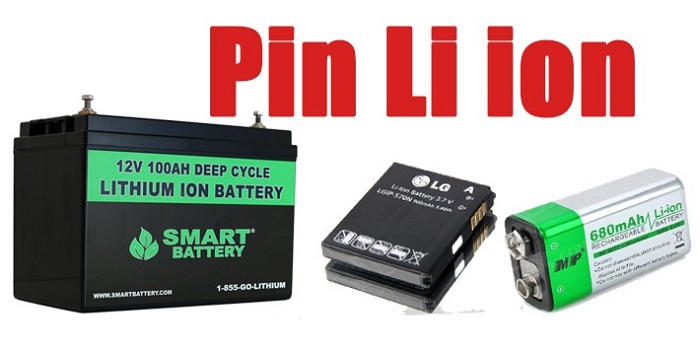
What is a lithium-ion battery?
Lithium-ion batteries or Li-on batteries (LIBs for short) can store electrical energy in the form of chemical energy. The rechargeable and non-rechargeable LIB batteries are commercially available in the market. Non-rechargeable LIB batteries (also called primary batteries) have long shelf lives and low self-discharge rates and are commonly manufactured as small button batteries for devices such as portable electronics. user movements, wristwatches and headsets. Rechargeable LIB batteries (also called secondary batteries) are used in all consumer electronics and are now entering new markets such as electric vehicles and energy storage. large scale. The LIB rechargeable battery can be used to provide power system services such as primary frequency regulation, voltage regulation and load shifting, as well as to store electricity in individual homes. In the section below, we focus only on the rechargeable LIB battery.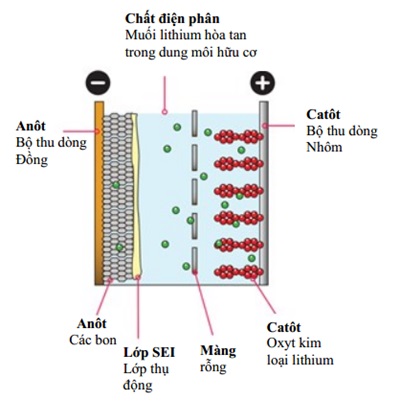
A LIB battery consists of two hollow electrodes separated by a pore membrane. A liquid electrolyte fills the voids in the electrodes and diaphragm. Lithium salts (eg LiPF6) are dissolved in the electrolyte to produce Li+ and PF6- ions. These ions can move from one electrode to another through holes in the electrode and diaphragm. Materials in both the negative and positive electrodes can react with Li+ ions. The negative electrode in a LIB battery is usually made of carbon and the positive electrode is made of Lithium metal oxide. Electrons cannot move through the electrolyte, and the physically separated membrane between the electrodes prevents electrons from moving from the negative electrode to the positive electrode and causes a short circuit in the battery. The components in the LIB battery are depicted in the figure below.
When the two electrodes are connected via an external circuit, the battery begins to discharge. During discharge, electrons flow through an external circuit to go from the negative electrode to the positive electrode. At the same time, Li+ ions will leave the negative electrode and move to the positive electrode through the electrolyte, where these ions will react with the positive electrode.
This process is completely natural since the two electrodes are made of different materials. To put it simply, the positive electrode “prefers" electrons and Li+ ions to the negative electrode. The energy released when a Li+ ion and an electron leave the negative electrode and reach the positive electrode is calculated as the voltage of the battery times the charge of the electron. In other words, the voltage of the battery – also called the electromotive force (EMF) – is the energy released from each electron during the discharge.
The EMF is typically around 3-4 Volts and depends on the chemistry of the LIB battery, the temperature and the state of charge (SOC for short – see information below). For example, when a light bulb is added to an external circuit, the voltage drops mainly through that bulb and so the energy released in the LIB battery is dissipated at the bulb. If the bulb is replaced with a voltage source (e.g. power supply) the process taking place in the battery can be reversed and electricity can then be stored in the battery.
The process of discharge and charge is depicted in the figure below. The battery releases its full power when almost all the Lithium leaves the negative electrode and reacts with the positive electrode. If the battery discharges more than this, the electrode chemistry becomes unstable and begins to degrade. When the LIB battery releases its full power, the EMF is low compared to when the battery is fully charged. The chemistry in each LIB battery has a safe voltage range for EMF and the dead points of this voltage range typically correspond to 0% and 100% state of charge (SOC). Discharge capacity is measured in amperes times hours, Ah, and depends on the type and mass of material in the electrodes.
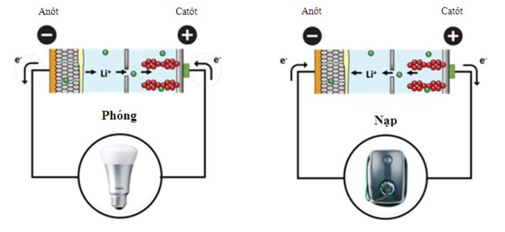
Schematic diagram of LIB battery system in discharge and charge mode. During discharge, Li+ ions move from the negative electrode (left figure) to the positive electrode. This process is reversed when in charging mode (right figure).
The first lithium batteries were developed in the early 1970s and Sony announced the first commercial lithium-ion batteries in 1991. During the 1990s and early 2000s, LIB batteries were gradually developed and advanced. more advanced due to the promotion of the mobile phone market. The Tesla Roadster was introduced to customers in 2008 and is a series of highway-legal all-electric vehicles that use lithium-ion batteries. And around 2010, LIB technology was extended to the field of energy storage.
What components are Lithium-ion batteries made of?
The table below compares the three most commonly used chemical classes in LIB batteries for grid-tied LIB battery systems and major manufacturers. Other chemistries for LIB batteries such as LCO, LMO and NCA are not used for grid energy storage and are therefore not included in this table. Figures in this table are obtained from battery manufacturers, product or system suppliers. NMC is the most popular chemical group among the three chemical groups due to high production output and reduced cost in the automatic machinery industry. NMC batteries have a high energy density but use cobalt. The environmental challenges of using cobalt are described in the “Environment" section.
LFP batteries do not use cobalt in the cathode, but are not as commonly used as NMC, and therefore typically cost more, mainly due to lower production output.
Both the NMC and LFP batteries have a graphite anode. The main cause of degradation of LIB batteries using NMC and LFP chemicals is the separation of the graphite layer and electrode degradation, which occurs during the storage process.
LIB batteries using LTO chemicals are the most expensive of the three chemicals. In LTO batteries, the graphite anode is replaced by a Lithium titanate anode. The cathode of an LTO battery can use NMC, LFP, or another chemical for the battery's cathode. LTO batteries are characterized by their long service life and large number of charge cycles.
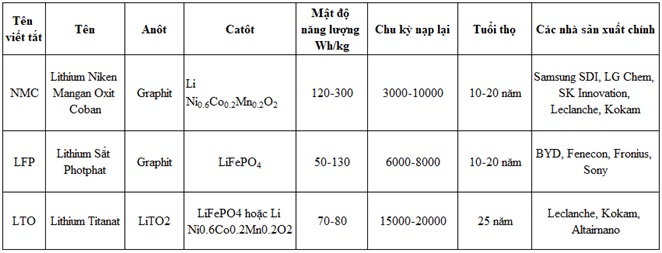
- Lithium-ion battery product packaging
The most common forms of packaging for LIB batteries are illustrated in the figure below. Examples are presented in the next figure. Figure (a) provides a schematic diagram of a cylindrical LIB battery. Cylindrical batteries are widely used in devices ranging from laptops and power tools to Tesla battery packs. Figure (a) depicts Tesla 21700's cylindrical LIB battery with a diameter of 21 mm and a length of 70 mm. This battery is manufactured at Gigafactory 1 for the Tesla 3 electric vehicle. Figure (b) shows a coin-shaped LIB battery. Coin batteries are commonly used as primary batteries in portable consumer electronic devices, wristwatches, and headsets.
Since these batteries are not used as secondary batteries (rechargeable batteries) in LIB battery storage systems, they will not be covered in this section. Figure (c) shows a schematic diagram of a prismatic LIB battery. Prismatic LIBs are commonly used in industrial and grid-tied LIB battery storage systems.
The Samsung SDI prismatic LIB battery is illustrated in Figure (b). This type of battery is used in the BMW i3. Figure (d) shows a sketch of a pocket LIB battery. Figure (c) illustrates LG Chem pocket LIB NMC batteries used in LG Chem grid-tied LIB battery storage systems. Pocket LIB batteries are used in electric vehicles such as the Nissan Leaf.
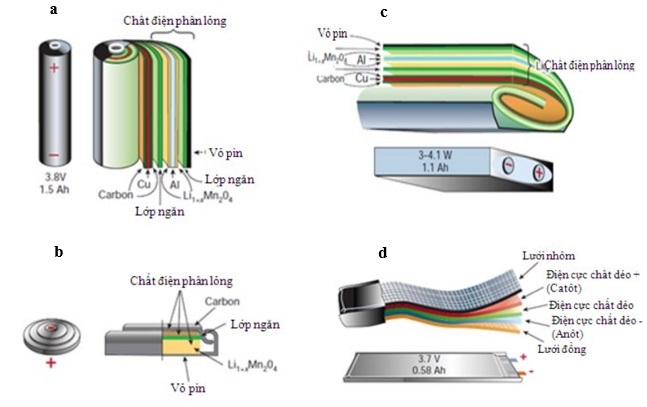
Trong đó: (a) Hình trụ; (b) Hình đồng xu; (c) Hình lăng trụ; (d) Dạng túi
Intech Energy is one of the prestigious EPC general contractors in the field of providing installation solutions, supplying materials and constructing and installing solar power projects nationwide ranging from households to large scale projects. for Business. We have more than 10 years of working experience in the solar power and renewable energy industry, always committed to giving dedicated advice to our customers to provide effective solutions with quality products, competitive prices, and competitive prices. Sustainable development of clean energy sources to "Create a green life".
News other
-

How many types of solar inverters are there?
10-01-2022 17:15:06 Details
-
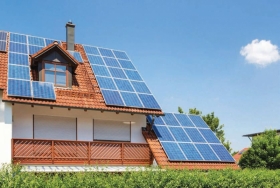
Install a solar battery system properly
10-01-2022 16:25:02 Details
-

The Vietnam Renewable Energy Community organizes a Caravan journey towards the Central region
10-01-2022 09:12:28 Details
-

Solar panel system rotates in the direction of the sun – Up to 30% higher efficiency
10-01-2022 09:11:15 Details
-
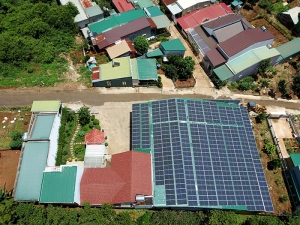
Why is solar power in the Central Highlands extremely ”hot” in 2020?
10-01-2022 09:04:02 Details
-
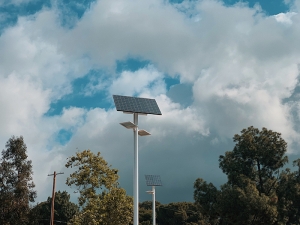
What are solar lights?
10-01-2022 09:01:07 Details


